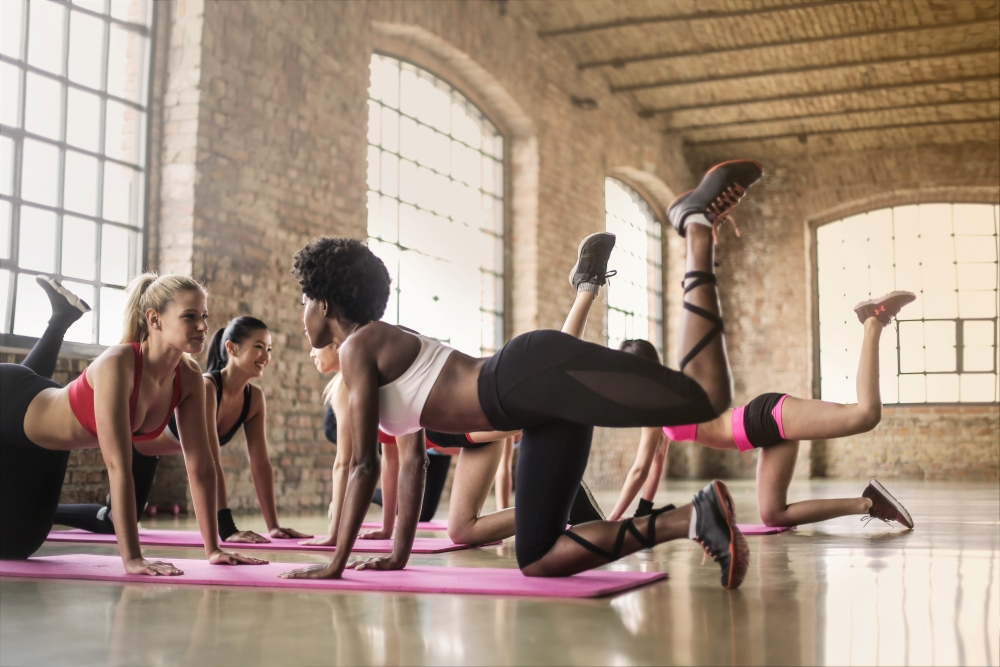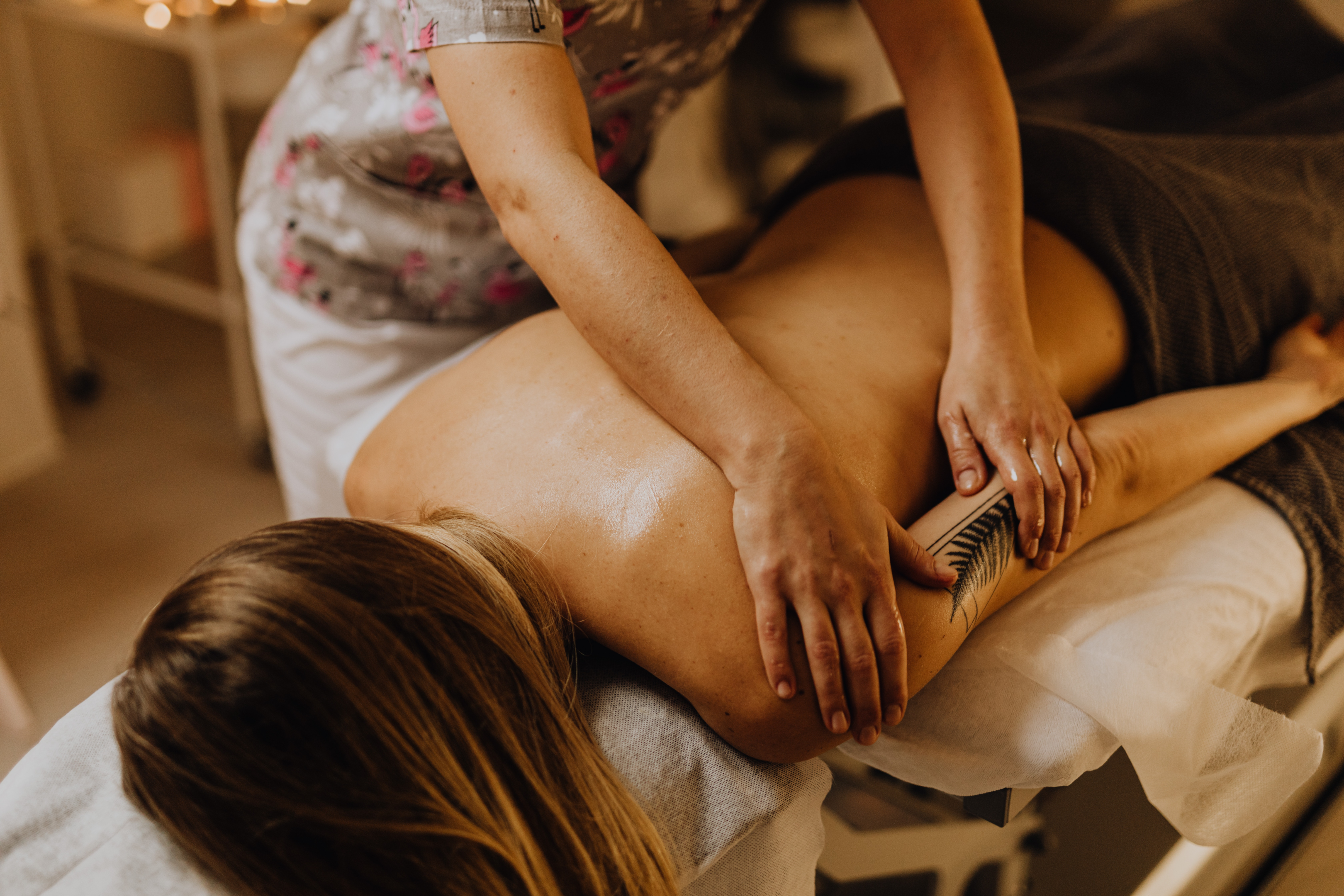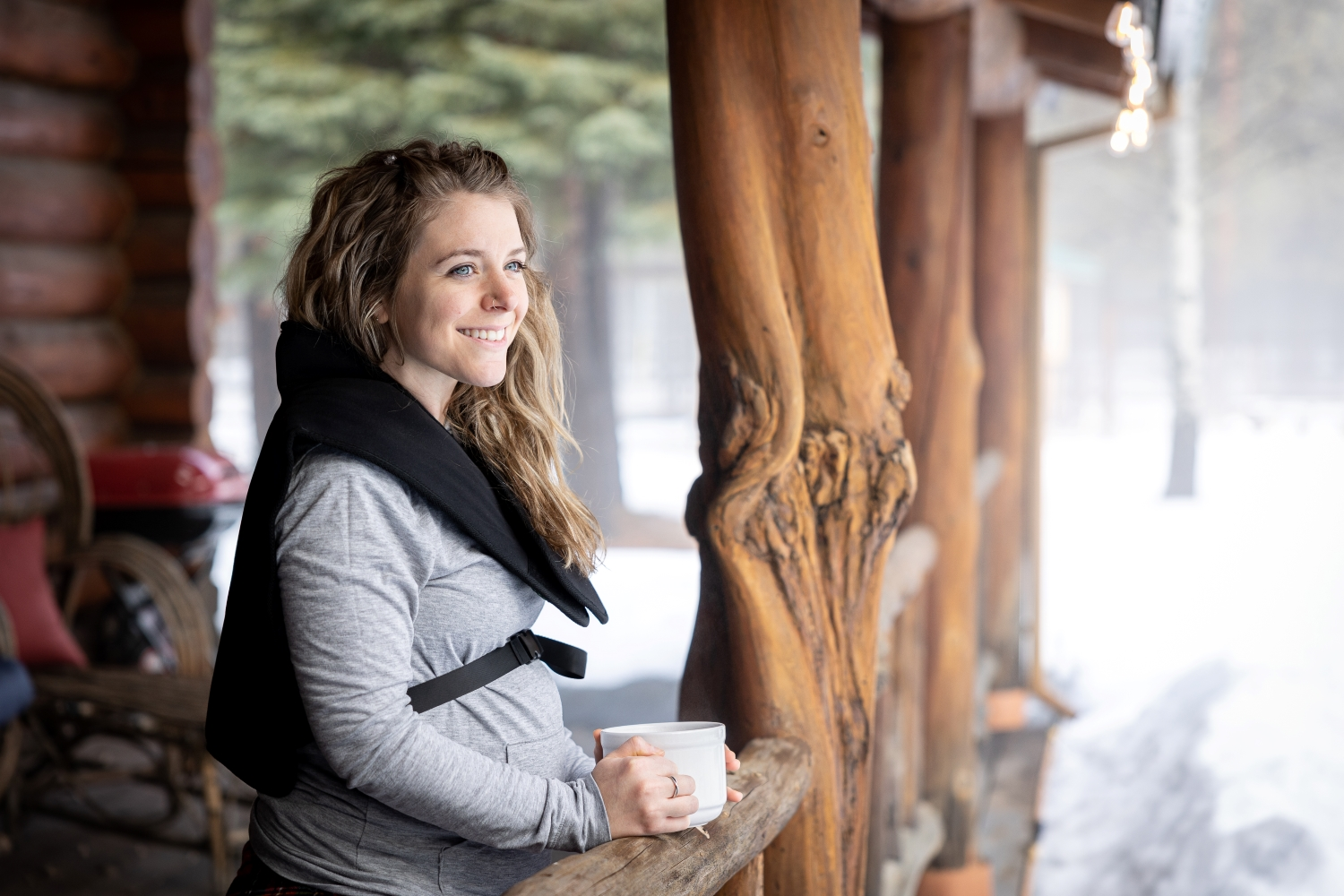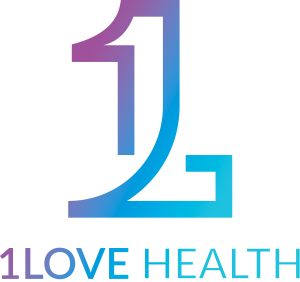Eliminate Upper Back Pain in Minutes
Key Takeaways:
-
Make sure you're using a combination of direct relief and preventative measures.
-
Try heat therapy regularly.
-
Don't neglect stretching.
-
Strengthen weak muscle groups.

Being consumed with technology and working desk jobs can leave your upper back filled with tension. Neck and back pain are extremely common amongst most people. Here are some quick ways to alleviate some of that pain.
Pain Prevention:

Pain prevention is likely going to be the best option for long term relief. If you're suffering an acute injury, it may be best to start with pain reduction and then progress into pain prevention for a long term solution.
1. Avoid Stomach Sleeping
-
Keep a thin pillow.
-
Try to sleep on your back.
-
Avoid extremely plush mattresses.
Sleeping on your stomach increases weight onto the upper back and neck, causing neck pain and upper back pain throughout the day.
Instead, opt for back or side sleeping in order to relieve pain. Switching up from your typical sleeping position may, be difficult at first, but beneficial in the end.
2. Find Your Perfect Screen Position
-
Slightly look down to the middle of your screen.
-
Keep a comfortable distance between your screen.
-
Take small, frequent breaks.
For ideal neck and back position while working or using a computer, place the screen approximately 20 inches away from your eyes and position yourself to where you're slightly looking down when viewing the middle of the screen.
Screen position is important because it could leave your neck placed in a poor position for hours daily, this will accumulate upper back and neck tension.
3. Warm Up Properly For Exercise
Warming up all portions of your body before a workout is important in preventing all sorts of injuries, as well as getting back and neck muscles primed for a workout.
Try to avoid stretching pre-workout and focus on getting moving. A foam roller is a great way to get some blood flow into the muscles, as well as light weight exercises to start with, before using heavier weights.
4. Try Your Best To Reduce Stress
-
Try short walks.
-
Eat a healthy diet.
-
Try yoga.
-
Find work-life balance.
Stress oftentimes stores itself as tension within our facia. This tension can cause tightness in the neck and pain areas that with time, will create pain. Having a balanced life with measures of stress mitigation is key in order to prevent pain in the future.
5. Look Into Body Composition
Carrying extra weight around on a daily basis can truly amplify effects of issues such as poor posture, sleep and stress. Extra weight can serve as an additional stressor to the body, leading to more tightness and pain that should be addressed. A combination of healthy diet and exercise will set you up for success in relieving tight neck muscles and back pain.
6. Increase Muscle Strength
-
Develop a strong core.
-
Increase stabilizer strength.
-
Get into a consistent routine.
-
Maintain full range of motion in all exercises.
Gaining muscle size and strength may contribute to more tight areas; however, increasing strength, especially within stabilizing muscle groups will truly lead to curing many areas of pain long term. As we strengthen our muscles and fix imbalances, our body is better prepared to handle daily tasks, meaning many problem areas of pain will be gone.
One of the most common issues people face with exercise is pinching within the shoulder blades or lower back. Oftentimes with a weak core, your other back muscles may try and overcompensate for that lack of strength and cause imbalances with nerve pinching in those areas.
Pain Reduction

Pain reduction will help with direct pain or injuries and will work best when used with pain prevention measures when ready.
1. Daily Stretching
Stretching plays a vital role in keeping your muscles and joints healthy. Start with simply 10 minutes of stretching as much as you can throughout the week and you'll immediately have some relief. Oftentimes you may even become more flexible within just a couple sessions. Some great stretches to loosen tight neck muscles include:
-
Shoulder rolls.
-
Side to side tilts while holding one arm onto a chair.
-
Side rotations.
Some great all around back stretches include:
-
Childs Pose.
-
Knees-to-chest (hugging knees).
-
Seated spinal twists.
-
Pelvic tilts.
Truthfully, don't overcomplicate the process of stretching, choose some exercises you enjoy and will do frequently that best fit your stiff and problematic areas.
2. Heat Therapy
-
Choose far infrared.
-
20-30 Minute Sessions.
-
Minimum of 2-3x per week.
-
Try using heat therapy after a workout.
-
Use in combination with stretching or massage.
Heat therapy is an amazing compliment to any methods of pain reduction in the upper back and neck. Heat therapy, especially far infrared heat therapy is able to penetrate deep below the skin's surface, in order to drive blood flow to areas of the body that need it. This blood flow drives nutrients to the muscles, while relieving tension.
Far infrared heating pads are truly much more effective than traditional electric heating pads as electric heating pads only penetrate roughly .25" below the skins surface and far infrared heating pads can heat over 2.5" below the skins surface.

Our heating pad is specifically made to alleviate upper back pain and decrease neck pain. With fully customizable temperatures and ultra low EMF, there is no better option.
3. Cold Therapy For Acute Injuries
-
Reduces inflammation.
-
Should be used with heat therapy.
-
Avoid using for chronic pain or tightness.
For acute injuries that aren't chronic pain, ice or cold therapy may be the best option, followed by heat therapy. Cold therapy is able to reduce inflammation in the area better than heat therapy. When cold therapy is followed by heat therapy, optimal healing is possible.
An important aspect of cold therapy is that it shouldn't be used on chronic pain or tight areas such as back and neck stiffness. For these scenarios, heat therapy by itself will often be the best option to help relieve pain.
4. Massage
A massage with a licensed massage therapist or even using a massage tool can help relieve tight muscle areas of the body. If a massage therapist is within your budget, many people often start with a session every other week and then move on to one session per month.
Always check with your insurance provider, some may offer a certain amount of free massages per year that you may not be taking advantage of!
Even a gentle neck massage by yourself may neck alleviate some pain, when used in combination with stretching.
Massage, like many other forms of relief does require consistency in order to have long term changes, so try your best to keep up with appointments.


